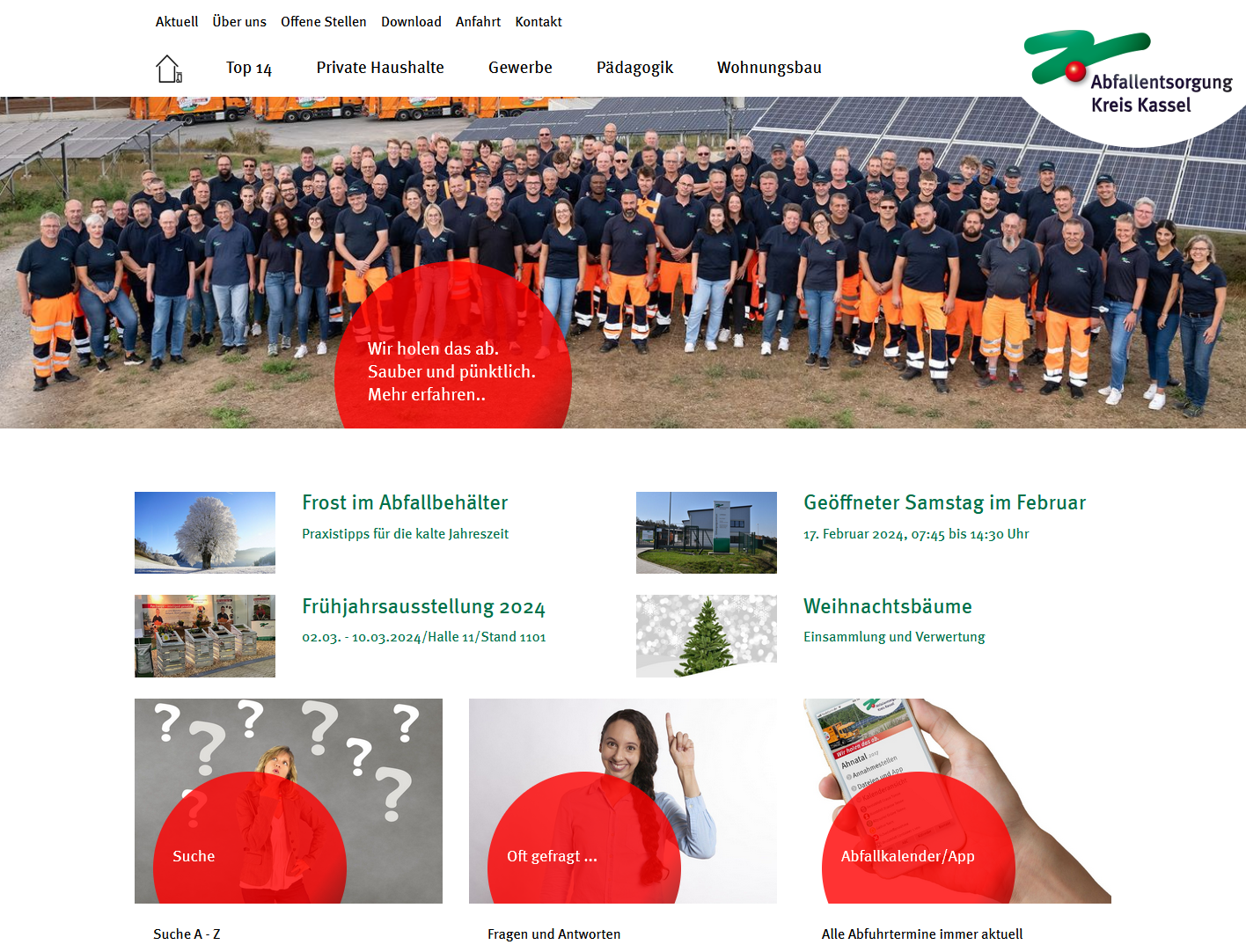waste land
beginning at the end
André Boeing – January 11th 2024
15 Minute read – You can also listen to this page as a podcast
Making sense from public waste datasets with AI as a partner in citizen science curiosities
As a citizen of the documenta City of Kassel, Germany and a layman non-professional when it comes to Waste Management and understanding the statistics I needed help to create a dataset from the PDF that I can then ask in a natural way along my citizen science curiosities.
I also had to change the metrics to kg. A metric, I am more used to in my daily live when stepping on a weight scale, buying flour, potatoes or for the easy conversion to Liters for fluids, where 1 Liter equals 1 Kilogram. I now have a better feeling for the waste scope instead of using Mg/a which I cannot even speak out correctly.
Downloaded original publication PDF and uploaded it into Data Analyzer in Chat GPT 4 for curious citizen science
,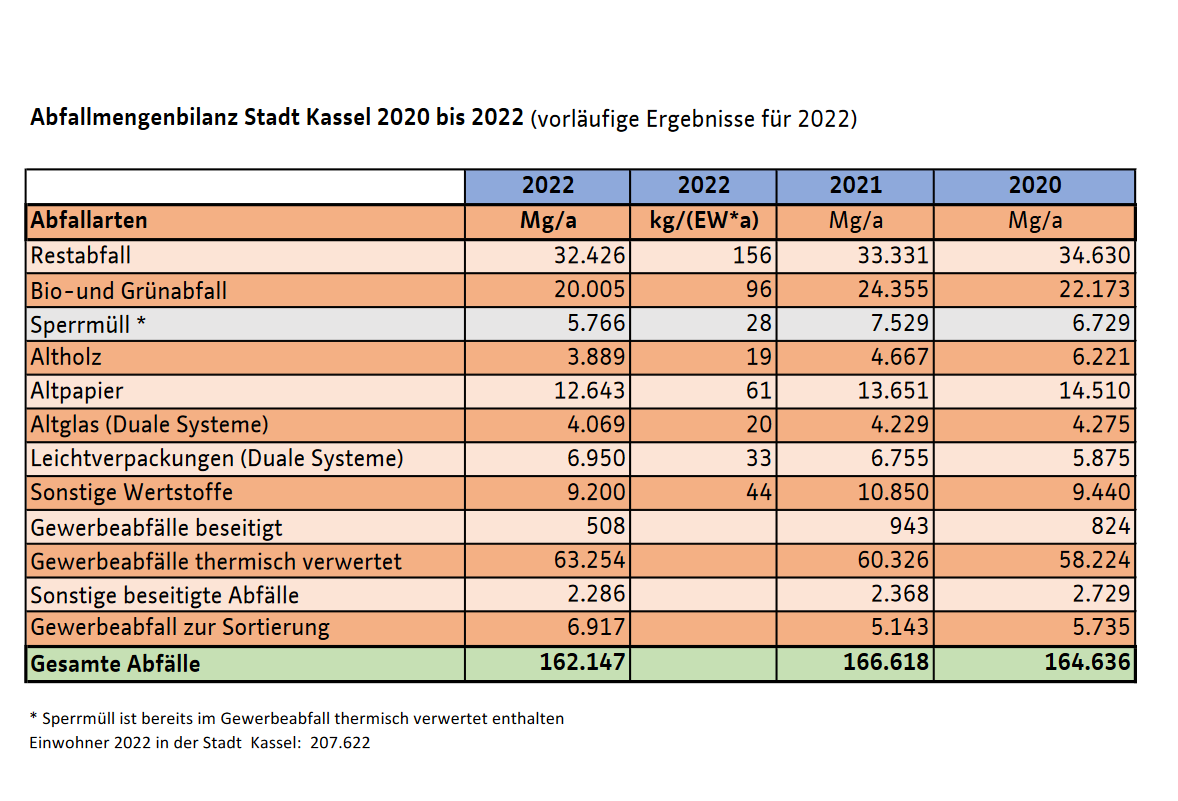
ATTENTION: on this PDF we see a “provisionally results for 2022” – so they do not seem to be the finals. Those were not available from the original press source of the County of Hessen.
some waste statistics Kassel, 2022
generated by Citizen <>AI Collaboration
generated by Citizen <>AI Collaboration
Human citizen asked questions and learned how to ask better and more precise questions along the way. AI answered and explained the way it got to the answer – for humans own replication and re-calculation which of cause I haven´t done. Human used intuition and curiosity, AI used calculation and explanation of how it calculated.
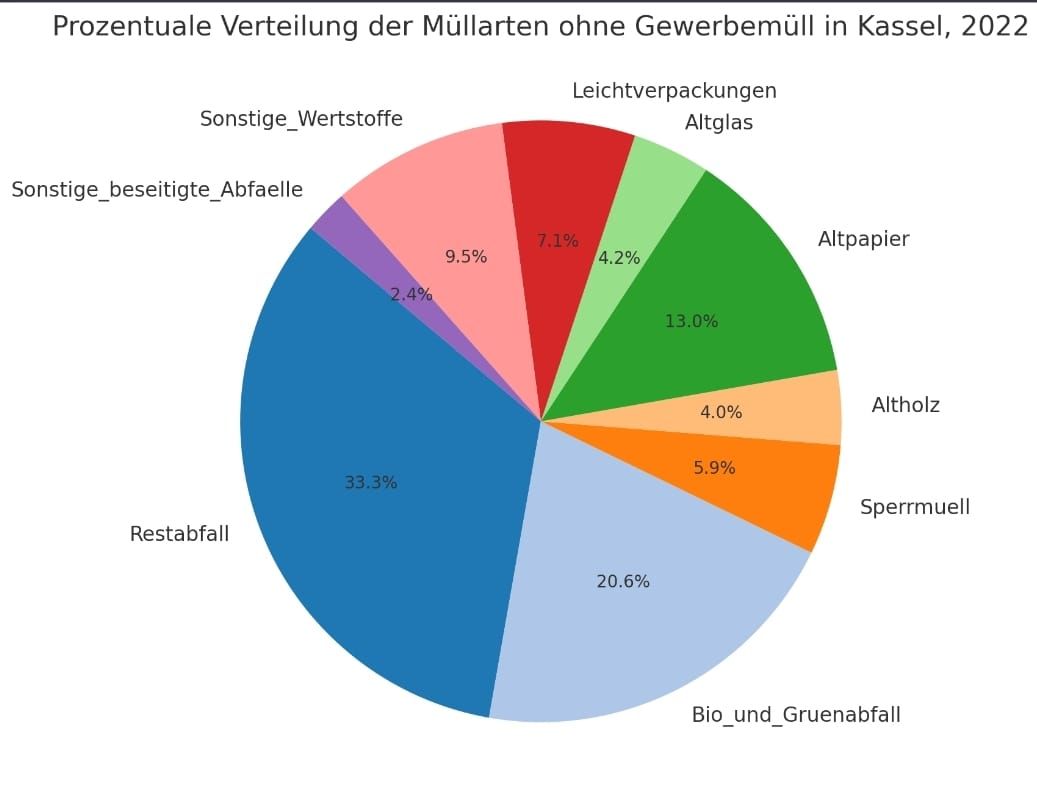

2.528.600.000 ( 2 Milliarden 528 Millionnen 600 Tausend) normale A4 Blätter sind vom Gewichtsvergleich her allein in Kassel als Altpapier in 2022 angefallen. Das entspricht 12.643.000 Kilogramm Papier.
162,147,000 Kilogramm Müll haben wir in Kassel als Bürger:innen und Gewerbe in 2022 produziert
2,702,450 mal Ich vom Gewicht her und wir haben das Müllgewicht in unserer Stadt, das wir 2022 produziert haben. Wieviel kg wiege ich ? 😉
some answers that came out of the dialogue and questioning in German
ChatGPT created a Python script with the data set. This Python does not bite and just uses minmal bytes to do stuff.
And then we can simply ask questions in our natural language. How much waste in kg ? without industrial waste ? Just the ones we can re-cycle, etc.
For example I asked for a circle diagram showing the different kind of waste types just for household waste.

The second code snippet plotted the tasty pie. This code stuff is optional for fiddling and only opens when clicked. We can simply continue to ask in a natural way, of cause.
# Extracting the data from the provided information to create a dataset
waste_data = {
"Year": ["2020", "2021", "2022"],
"Restabfall": [34630, 33331, 32426], # in Mg/a
"Bio_und_Gruenabfall": [22173, 24355, 20005],
"Sperrmuell": [6729, 7529, 5766],
"Altholz": [6221, 4667, 3889],
"Altpapier": [14510, 13651, 12643],
"Altglas": [4275, 4229, 4069],
"Leichtverpackungen": [5875, 6755, 6950],
"Sonstige_Wertstoffe": [9440, 10850, 9200],
"Gewerbeabfaelle_beseitigt": [824, 943, 508],
"Gewerbeabfaelle_thermisch_verwertet": [58224, 60326, 63254],
"Sonstige_beseitigte_Abfaelle": [2729, 2368, 2286],
"Gewerbeabfall_zur_Sortierung": [5735, 5143, 6917],
"Gesamte_Abfaelle": [164636, 166618, 162147] # Total waste in Mg/a
}
waste_data
import pandas as pd
# Re-creating the DataFrame from the extracted data
waste_data_2022 = {
"Restabfall": 32426,
"Bio_und_Gruenabfall": 20005,
"Sperrmuell": 5766,
"Altholz": 3889,
"Altpapier": 12643,
"Altglas": 4069,
"Leichtverpackungen": 6950,
"Sonstige_Wertstoffe": 9200,
"Sonstige_beseitigte_Abfaelle": 2286
}
waste_df_2022 = pd.DataFrame([waste_data_2022])
# Plotting the pie chart for waste types excluding commercial waste
plt.figure(figsize=(10, 8))
plt.pie(waste_df_2022.iloc[0], labels=waste_df_2022.columns, autopct='%1.1f%%', startangle=140, colors=plt.cm.tab20.colors)
plt.title('Prozentuale Verteilung der Müllarten ohne Gewerbemüll in Kassel, 2022')
plt.show()
Checking out some real humans I could call by phone and ask my open questions in my city I surfed along these public waste management orgs and loved the wide range of services they offer + the way they communicate. Personal, human, elegant in style and natural.
63.254.000 kg commercial waste
thermally recycled in 2022
Personal Conclusions
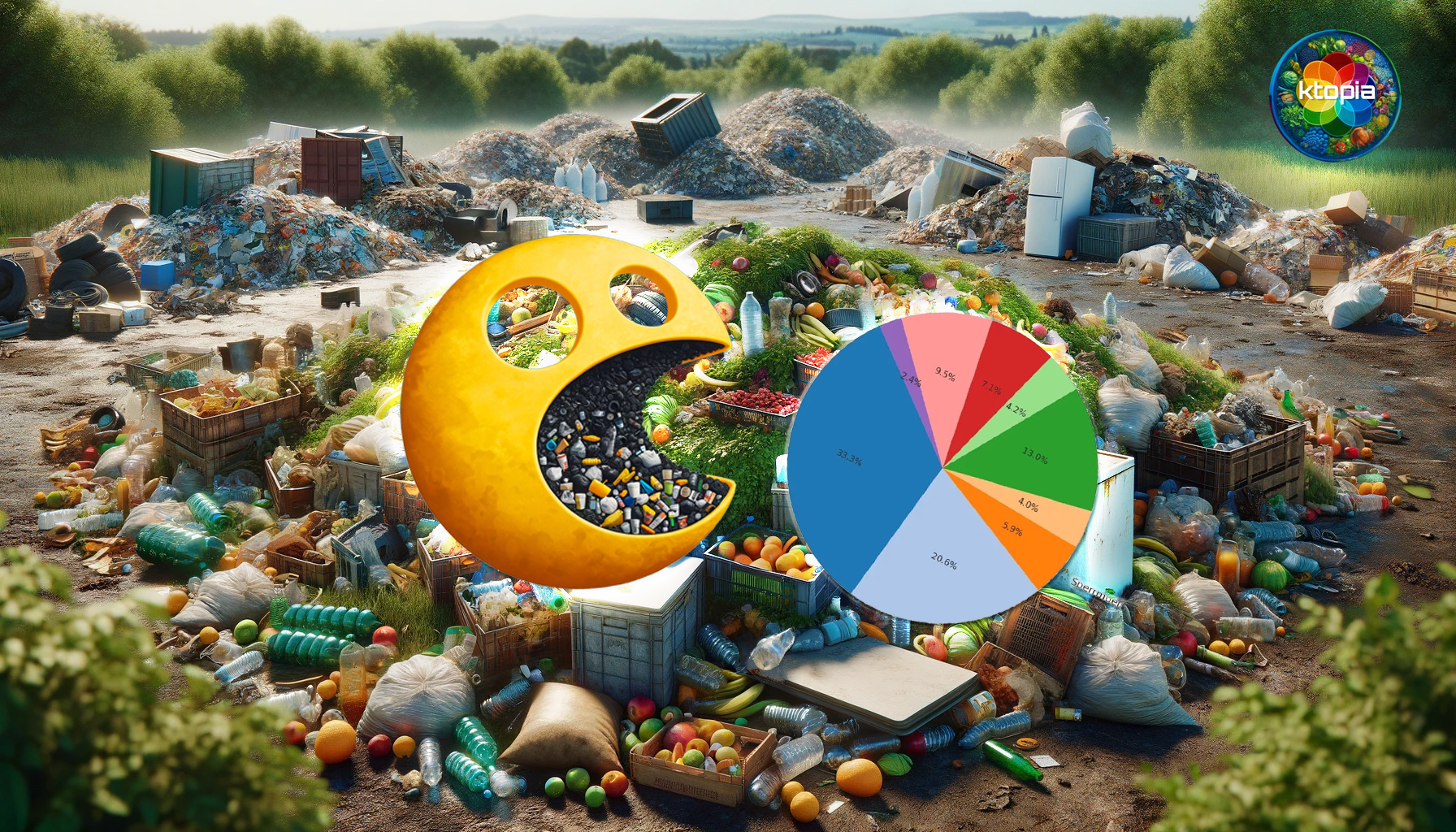
Yeah 🙂 Celebrating the 20.6% organic waste used for new soil in a short period of time. The light blue second biggest chunk in our waste pie.
Let´s talk about the Pac Man in the room. How come, we produce un-usuable, residual waste: “restmüll”. That biggest blue chunk in the statistic pie. A third of everything. 33.3% of our household waste. And only that tiny red piece with 7.2% is recyclable lightweight packaging – yellow bag – former “Gelber Sack”. What happened ?

Looking @ my self
What are my biggest 2 chunks in the pie – my biggest waste ?
For me it´s
- Waste Paper Why do I use soo much paper ? Because it feels so “sustainable”, “natural” and re-growing in endless rolls of toilet paper and sustainable food packaging ? Completely ignoring the amount of imported trees in paper production even with a high recycling rate ?
- Recyclable lightweight packaging. Feels light and clean from convenient zip and ready stuff. Collects well. My beloved eco work bag is made from pulverized recycled plastics. Yeah nice but shouldn´t I reduce ?
+ probably a hell load of bulky waste
Residual Waste climbs to No 2 in my hardcore delivery Food phases at Lieferandos.
Looking @ my analog social networks, friends and work
I have noticed a dominant habit of not separating waste among places I work and @ most of my friends houses. There´s a common meme that I hear which goes like this: “Waste separation ? Everything lands in the same dump anyway – so why the extra work in my busy daily life ?”
So that´s a big question I will ask. Is that right or just a common excuse ?
Some Questions I want to ask a local expert..
Had a friendly, informative phone chat with Mrs. Suchy, head of educational projects (Pädagogik) for the Waste Circle Kassel (AKK). We chatted briefly about my questions and she can guide me to the right person to talk in depth + we talked about a possible group expedition in Q2 2024 exploring “The Way of Waste” in our city region. Click me to get to the waste circle..
3 final conclusions for now
Did the numbers tell me something new ? The need to avoid waste where I can and separate the rest for recycling ? Of cause not. I´ve been knowing for so long and yet I do not act as much as I could. Maybe awareness, questioning and understanding the bigger picture helps me to contribute to solutions besides continuing to simply do better ?
If the biggest chunk of our household waste is still un-usuable, residual waste – then do we have to amplify the citizen smart waste education in engaging different resonance groups ?
Call to Action for ktopia agents:
Design & Prototype fun educational modules in smart waste competence
Open Data, accessible and “askable” in my natural lay language helped me to understand the bigger picture of our local wasteland as a citizen and to develop better questions in asking an open AI + real people with a vocation in that field – people I can meet and potentially collaborate with on our waste lands.
To be continued…
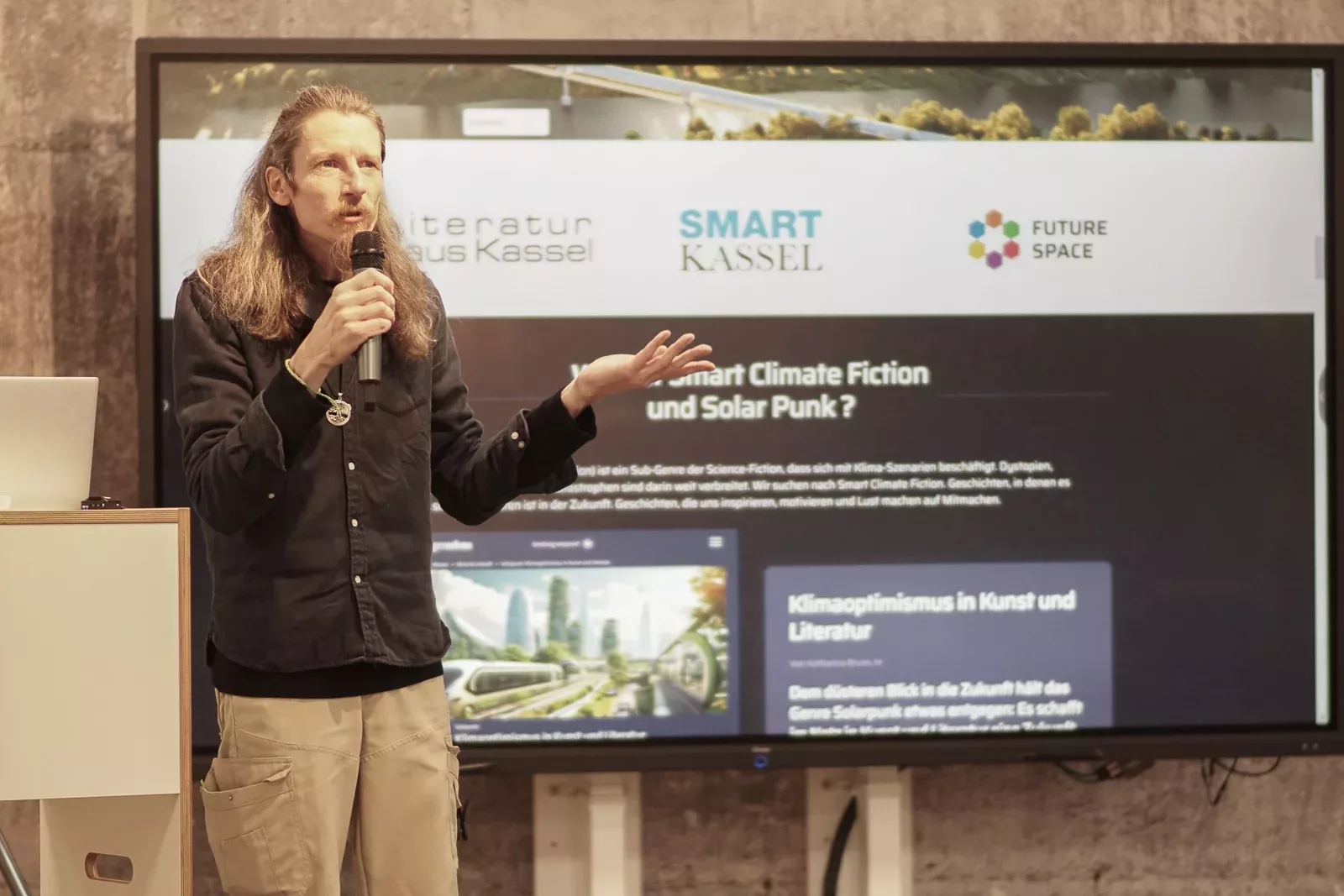
André Boeing
Freelancing Educator in Education for Sustainable Development, father of 2, in 2024 10th anniversary as a citizen of Kassel. Initiator of ktopia
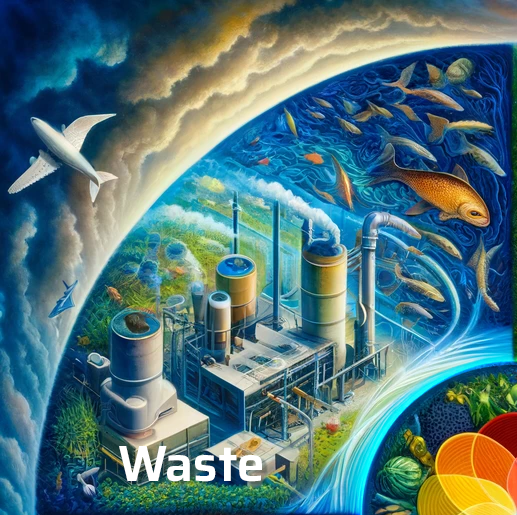
in category
